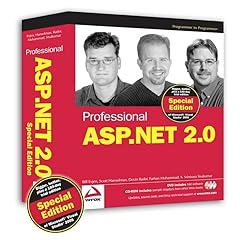Adding FeedBurner FeedFlare to DasBlog

I've been loving FeedBurner for a while now. They serve my feed, keep awesome stats and provide piles of reports.
Aside: One of the nice things about DasBlog's built-in integration with FeedBurner is that everyone who is currently subscribed to your existing DasBlog RSS/Atom Feeds will be 301 Permanently Redirected to your new FeedBurner feed. HTTP 301s are Permanent while 302's are temporary. Aggregrators worth their salt know to update their local records when a feed issues a 301. DasBlog will automatically get everyone over to your new feed.
Opinion: It's REALLY poor form to visit a blog and see a post that says "This blog has moved" when there are protocols to express this fact. It's even worse to see posts written in prose with pleadings that folks "please update your aggregator to point to this other feed." Use 301s when they make sense.
FeedBurner has a feature called FeedFlare that lets you add interactivity to each post.
If you're on DasBlog 1.9 and you're using FeedBurner you can add this macro to your itemtemplate.blogtemplate file:
<script src="http://feeds.feedburner.com/~s/YOURFEEDBURNERNAME?i=<%PermalinkUrlRaw%>" type="text/javascript"></script>
This will inject a little javascript into each post with little features that you can control from your FeedBurner configuration.
UPDATE: In the daily builds )(after today) of DasBlog, the <%FeedFlare()%> macro now corresponds correctly to the updated FeedBurner URLs. Thanks to Tomas!
About Scott
Scott Hanselman is a former professor, former Chief Architect in finance, now speaker, consultant, father, diabetic, and Microsoft employee. He is a failed stand-up comic, a cornrower, and a book author.
About Newsletter


 Everyone is
Everyone is 
 My
My 

 Check out
Check out